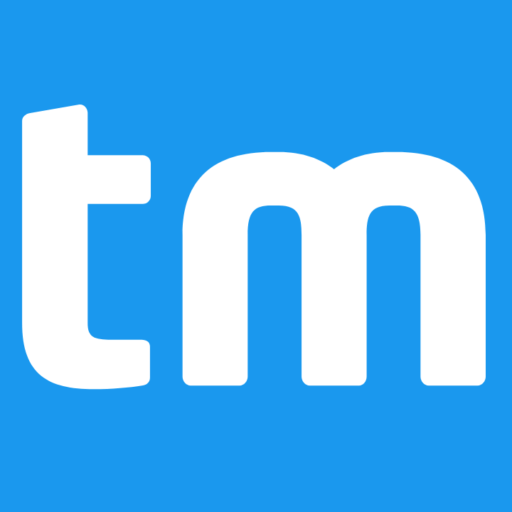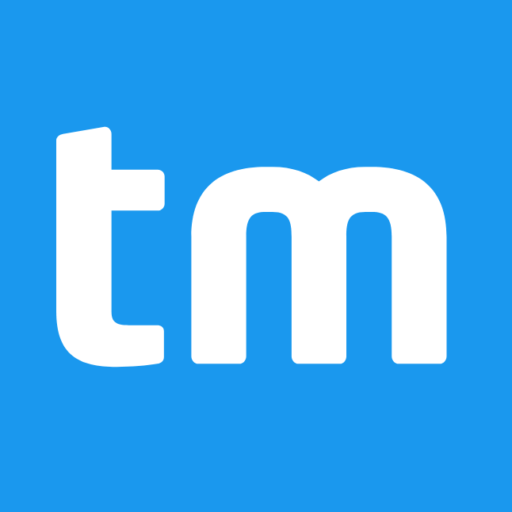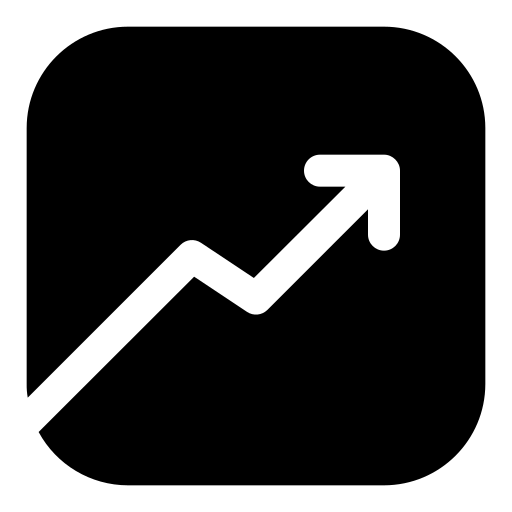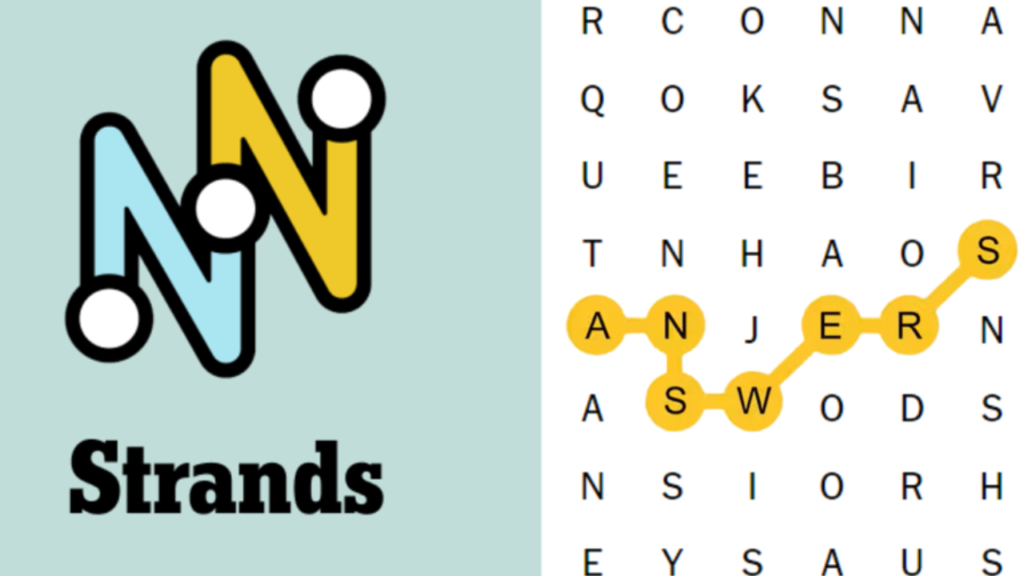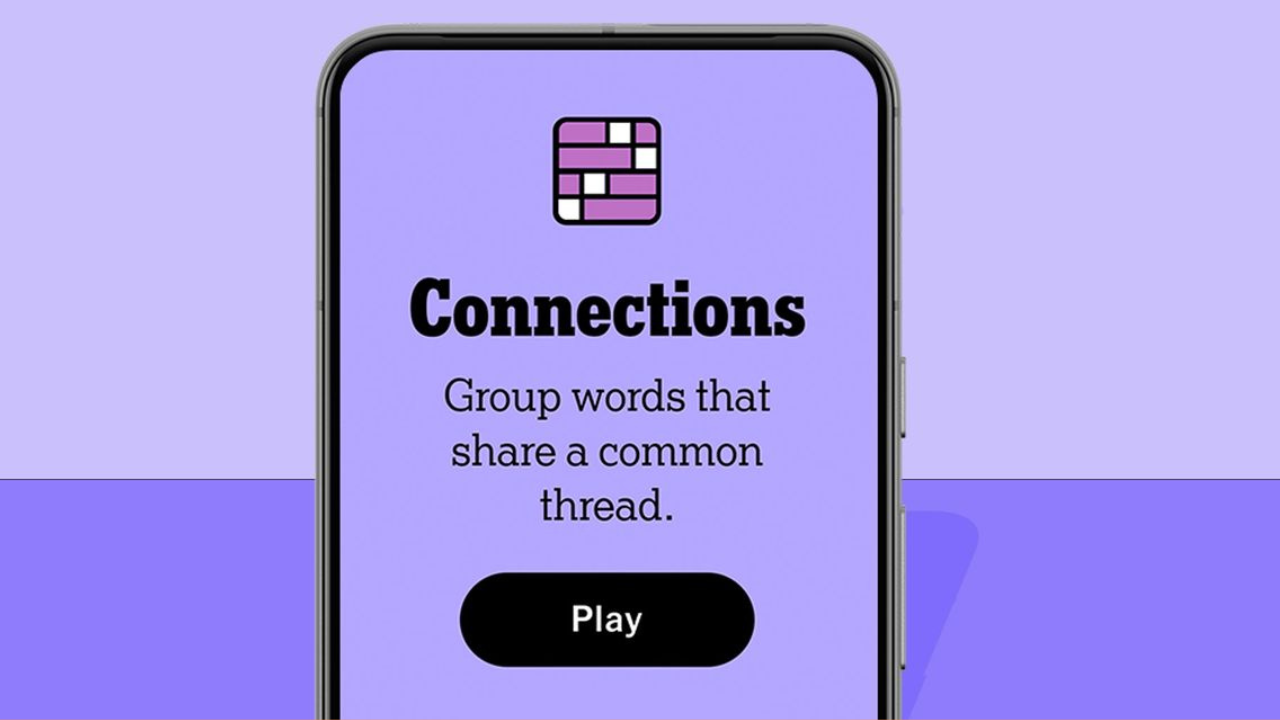Wearable technology enthusiasts may have noticed a slowdown in the release of new Wear OS smartwatches over the last few years. What happened? A shift in the way health data is handled with the introduction of Wear OS 3.0 left some manufacturers, like Fossil, stepping back from the platform. But there’s good news on the horizon—a new collaboration between Google and Masimo aims to reinvigorate the ecosystem by making it easier for brands to jump back in.
What Does the Google and Masimo Partnership Mean for Wear OS?
Three years ago, Google joined forces with Samsung to unveil Wear OS 3.0, a major overhaul that combined Wear OS and Samsung’s Tizen operating system. The update brought significant improvements, including faster performance, longer battery life, and new features designed to improve the user experience. However, these advancements came at a cost—brands were required to create their own platform for managing health data, which deterred some from continuing to release smartwatches. Now, the spotlight has shifted to Pixel Watch, Galaxy Watch Ultra, and a few others as the flagship devices in the Wear OS ecosystem.
This is where the new partnership between Google and Masimo, a company known for its expertise in medical-grade health tracking technology, comes into play. The deal enables Masimo to provide “reference platforms” for Wear OS devices, which means brands no longer need to build their own health data systems from scratch. Instead, manufacturers can tap into Masimo’s advanced sensors and health tracking technologies, integrating them into their devices while focusing on customization in other areas like design and software.
How Masimo’s Reference Platform Changes the Game
One of the first major products to come out of this partnership is the Masimo W1 Sport, a health-focused wearable designed primarily for fitness tracking rather than typical smartwatch features. It doesn’t handle notifications, apps, or music playback, which may sound limiting at first glance. But the key takeaway here is that manufacturers now have access to top-tier health monitoring capabilities, including Masimo’s mobile app, which they can integrate into their own smartwatches.
This approach could encourage a more diverse range of brands to re-enter the Wear OS ecosystem, knowing they don’t have to shoulder the burden of developing complex health tracking platforms on their own.
A Legal Battle with Apple
While this partnership looks like a win for Wear OS, Masimo’s relationship with Apple remains strained. The two companies have been embroiled in legal disputes over blood oxygen tracking technology, which Masimo claims Apple violated with its Apple Watch lineup. Despite Masimo offering a licensing agreement to resolve the issue, Apple rejected the terms. In response, Apple has disabled the blood oxygen feature in its latest Apple Watch Series 10, a move that could shift more attention to Masimo’s advancements in the health tech space.
What This Means for the Future of Wear OS Smartwatches
The collaboration between Google and Masimo could be the boost Wear OS needs to regain its footing in the smartwatch market. By reducing the complexity of integrating health tracking features, the partnership opens the door for more brands to release innovative wearables without needing to develop proprietary health monitoring systems. The result? A more diverse and competitive Wear OS ecosystem that appeals to both tech-savvy users and health-conscious consumers.
As the first Masimo-powered smartwatches hit the market, the wearable tech landscape is poised to shift. The increased focus on professional-grade health tracking may even spark competition with Apple, especially as legal battles over health tech patents continue. For Wear OS users, this could mean more choices and better health tracking features in future devices.
